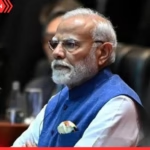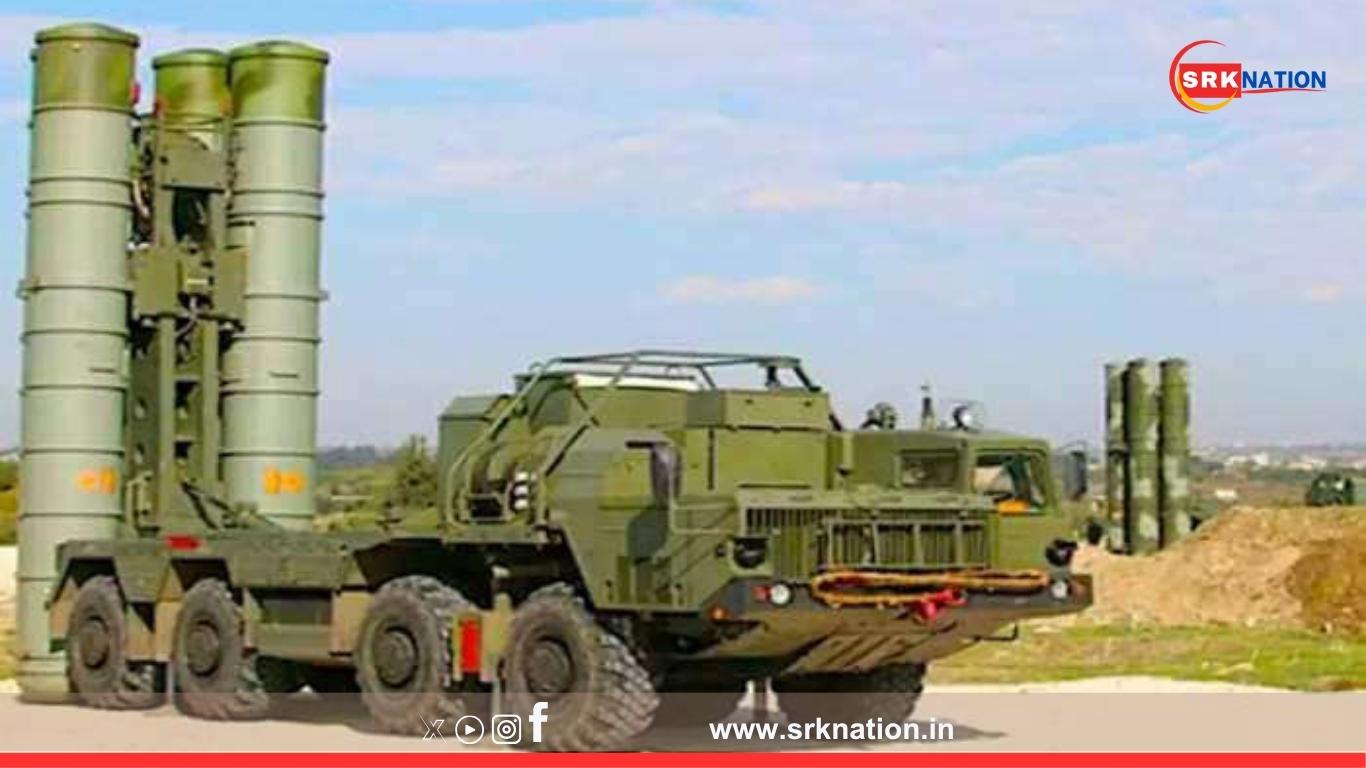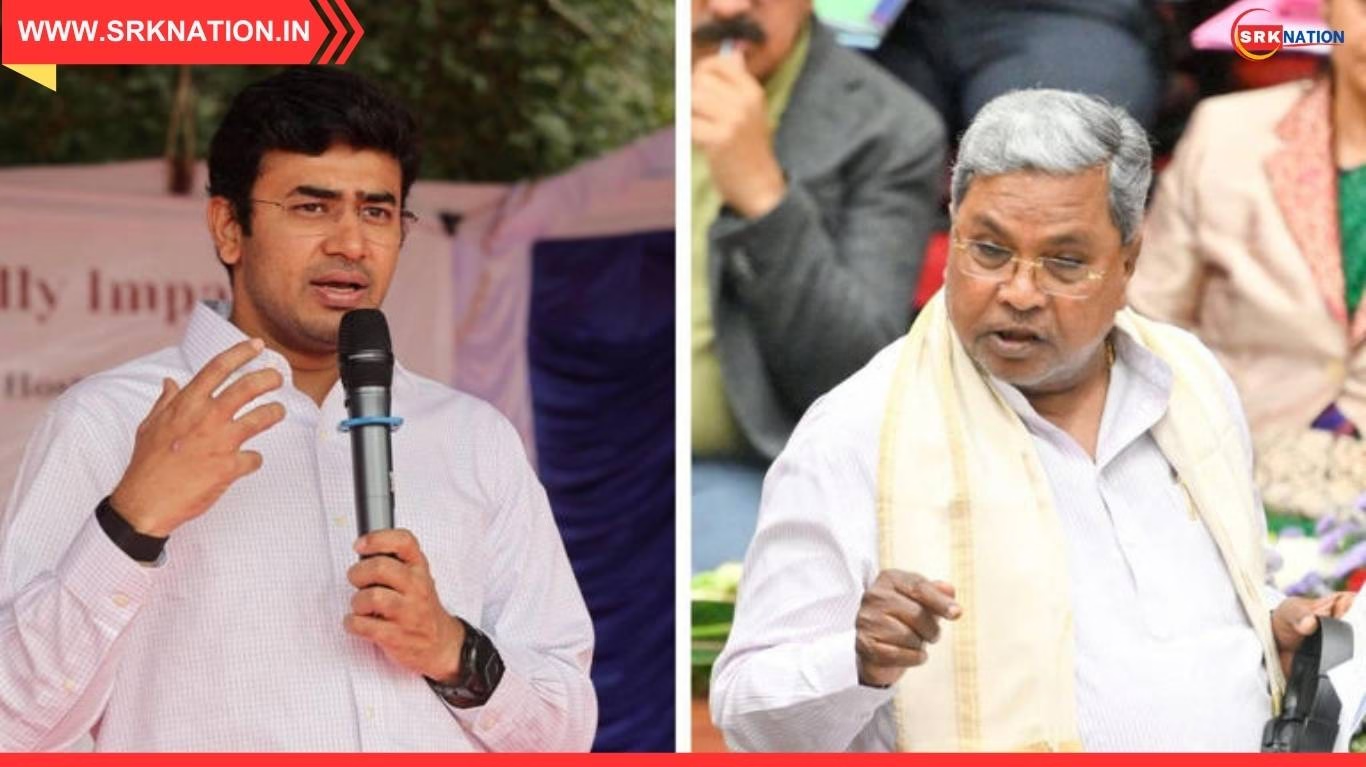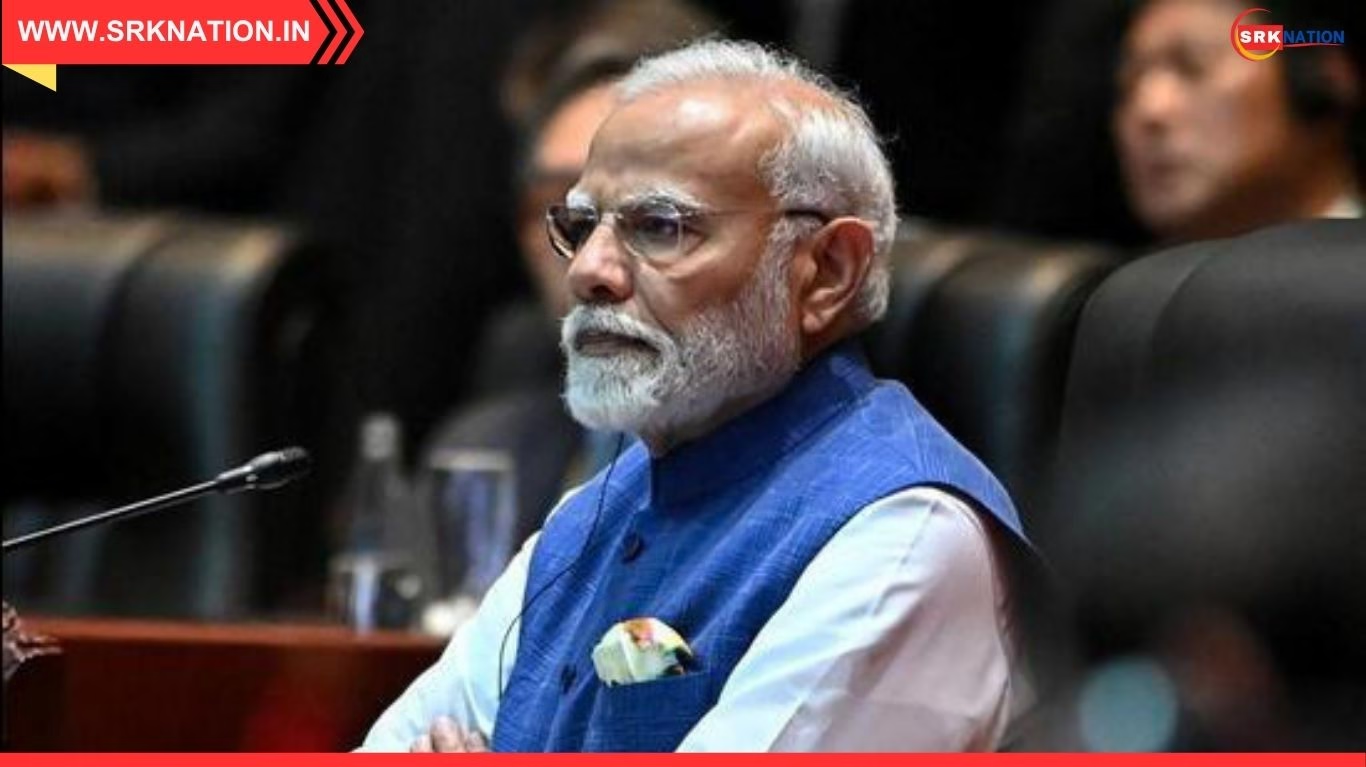China’s decision to supply fifth-generation J-35A stealth fighter jets to Pakistan has triggered serious concerns in India’s strategic and defense circles, raising the specter of a two-front missile and air warfare scenario involving both China and Pakistan. The development marks a significant escalation in regional military dynamics, with experts warning of a potential shift in the South Asian airpower balance.
What Makes the J-35A a Game-Changer?
The Shenyang J-35A, derived from China’s FC-31 ‘Gyrfalcon’, is a twin-engine, radar-evading stealth fighter equipped with advanced AESA radar, PL-15 and PL-17 BVR missiles, and networked combat systems. With a combat range of 1,200 km and standoff strike capability, the J-35A can target Indian military infrastructure in Jammu, Rajasthan, and Gujarat without entering contested airspace.
Pakistan is expected to receive 30–40 units by 2028, with pilots already undergoing training in China. The jets may be stationed at forward bases like Skardu, Karachi, or Gwadar, enhancing Pakistan’s ability to launch deep-strike missions.
India’s Strategic Response: S-500 and Indigenous Upgrades
To counter this emerging threat, India is reportedly exploring the acquisition of Russia’s S-500 ‘Prometheus’ air defense system, which can intercept stealth aircraft, hypersonic missiles, and even low-earth orbit satellites. The S-500’s 91N6A(M) radar and 77N6-N/N1 interceptors can detect low-RCS targets like the J-35A at ranges beyond 400 km, offering a robust shield against aerial intrusions.
India already operates five regiments of the S-400, and integrating the S-500 would create a layered air defense grid across both the LoC and LAC, protecting key urban and military centers.
Two-Front War: A Real Possibility?
The deployment of J-35As in Pakistan, alongside China’s J-20 stealth fighters near the LAC, could force India into a two-theatre conflict posture. Defense analysts warn that this scenario demands urgent modernization of India’s air force, missile defense, and surveillance infrastructure.
While India’s indigenous AMCA (Advanced Medium Combat Aircraft) is in development, it may not be operational before 2030, leaving a critical capability gap in the interim.
🔁 Share this article to stay informed on India’s evolving defense strategy and the growing China-Pakistan military nexus.











